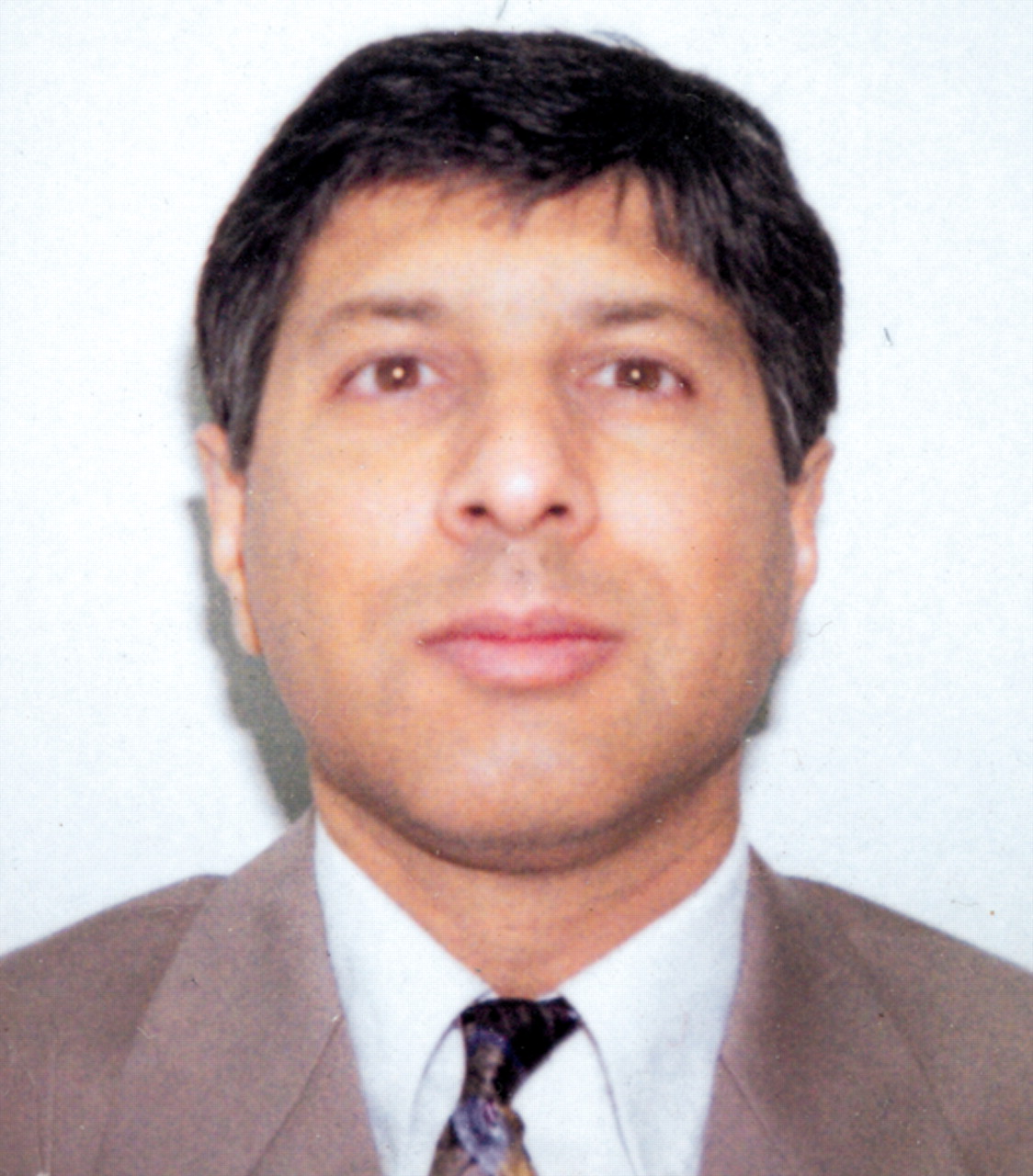Exercise, Nutrition Advice Crucial to Psychiatric Care

I said, “Whoa. . . . I’m not opposed to taking a medication, but what happened to recommending a trial of diet and exercise?”
My physician said, “I don’t waste my time because no one ever does it, but if you want to try. . . .”
“I do.”
I reflected that once I was very active, but then came the satisfying and fatiguing life-changing experience called fatherhood. Not to be deterred, however, I embarked on a program that called for grape juice every morning, exercise thrice weekly, and food substitutions such as grilled chicken and a baked potato instead of a hamburger and fries.
While I’m adamant that psychiatry should be practiced from a biopsychosocial model, I struggle with the question of how best to provide comprehensive screening and treatment with increased patient loads. As things now stand, assessing current symptom status, discussing medication issues, and providing cogent deliberations about individual therapy, psychoeducational groups, or community-based support programs seems to consume easily the time allotted for a follow-up appointment. Over the last decade, vogue topics have included tobacco cessation, SSRI sexual dysfunction, and, most recently, weight gain, metabolic profiles, and cholesterol screenings. Now some psychiatrists are stating that exercise and nutritional counseling should not be in the domain of only primary care physicians.
At first, very often our gut-level response is, “Sure, just one more issue to cram in an already tight schedule!” However, from a patient-care standpoint, does the topic have merit? If so, how do we promote these behaviors in a meaningful manner versus the colloquial, “Oh, by the way, don’t forget to eat right and exercise,” as our patients are walking out the door.
Recent research suggests that exercise and nutritional benefits have an important role in psychiatrists’ armamentarium. For example, some studies suggest that regular exercise results in decreased agitation and apathy in dementia patients, improved mood in depressed patients, and overall psychological and physical benefits in patients with pain and pain-related syndromes. From a medical perspective, exercise and enhanced dietary regimens can result in desired weight maintenance, a better lipid panel, improved blood glucose levels, and cardiovascular benefits including lowered blood pressure and lower C-reactive protein levels.
So, exercise and nutritional guidance may result in lower medication doses and prevention or treatment of possible psychotropic-induced side effects such as weight gain, hypertension, and osteoporosis. There are, of course, caveats specific to psychotropics that need to be assessed. Examples include combinations of lithium and dehydration, excess water intake, hyponatremia, and SSRIs and photosensitivity. Other concerns that need to be addressed are dietary products that can cause or exacerbate psychiatric symptoms and the assumption that these preventive recommendations indirectly minimize the importance of medication.
Recommendations on exercise and nutrition can be integrated fairly easily in a follow-up session. Recently, a 55-year-old man with depression, hypercholesterolemia, obesity, and hypertension returned to my office for a visit. His depression had been in remission, but he voiced concerns about a cousin of the same age who had a similar medical profile and recently had died from an MI. After providing some supportive therapy and helping the patient appreciate the angst of his own mortality, I jumped on the opportunity to discuss the role that exercise and diet could have on all of his medical conditions.
He shared a very common concern about exercising in public and reluctance to join a gym. Thus, I briefly made the following interventions: Begin walking initially for five to 10 minutes a day and then increase this to 30 to 40 minutes as long as you feel comfortable. Decrease food portions by one-third, minimize extra salt intake, drink grape juice from concord grapes daily, include more fruits and vegetables, and drink six to eight glasses of water daily. Numerous medical diagnoses such as arthritis or diabetes mellitus can make exercise prescription more complex, and therefore another savvy alternative is referral to exercise or nutritional specialists for further support. Also, a pre-exercise, primary care screening is a medicolegally prudent idea.
Adding this therapeutic intervention can make a positive difference in our patients’ lives. But let’s not stop there! Part of our capacity to heal has to do with our training and boundaries, but I would also argue that dealing with our own stressors and maximizing our physical and psychological health are highly pertinent. Therefore, we might heed our own advice.
Keep in mind that physician endorsement, encouragement, and follow-up—not necessarily expertise—are the keys to compliance, so don’t worry if you have forgotten the difference between lactate threshold and maximal oxygen uptake. And by the way, in case you were wondering, yes, I do add some sour cream and butter and eat a daily dessert, but remain statin free! ▪
Dr. Benjamin is a staff psychiatrist at the Oklahoma City VAMC and an assistant clinical professor in the department of psychiatry and behavioral sciences at the University of Oklahoma Health Sciences Center. He is a former collegiate graduate assistant cross-country and track and field coach and exercise physiologist. The opinions contained above are the author’s and do not reflect the opinions of the Department of Defense or the Department of Veterans Affairs.



